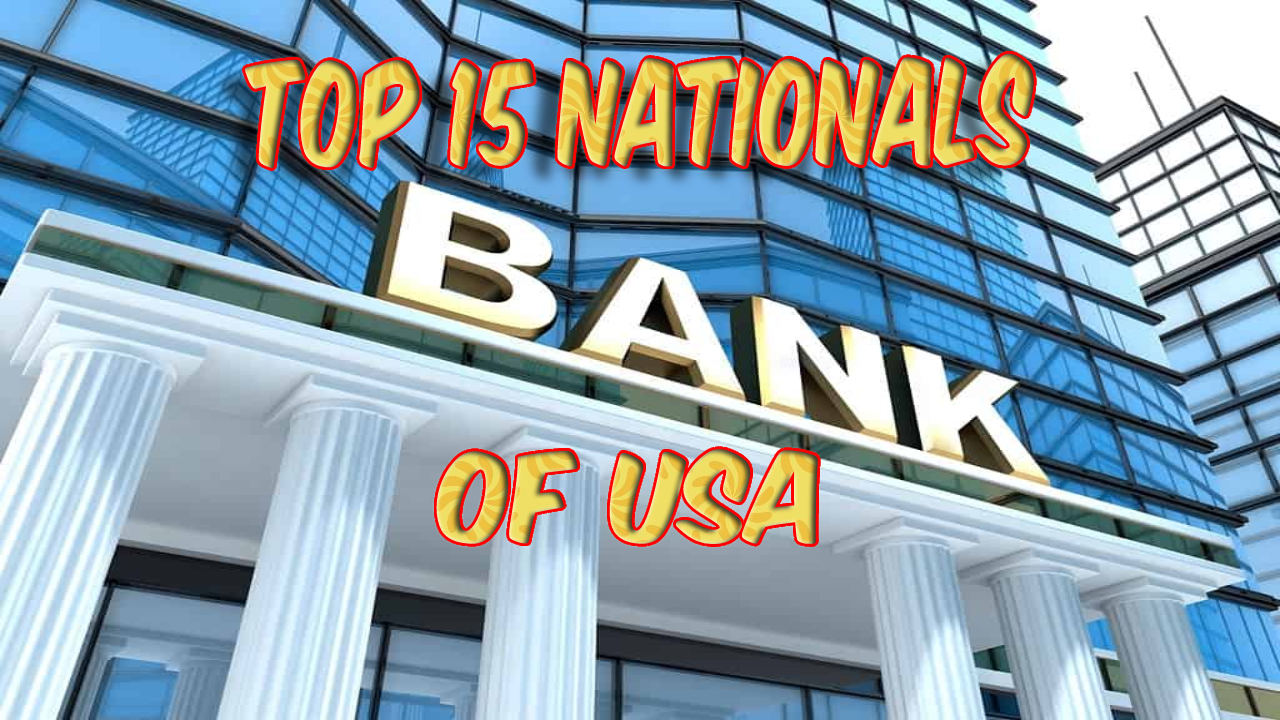
Kathmandu. The 15 largest banks in the United States (U.S.) hold a combined total of $13.6 trillion in assets as of March 31, 2023. Every so often there are changes to this exclusive club. Larger banks trade places with each other and smaller banks drop out, replaced by faster-growing rivals. Mergers and acquisitions might also play a part in this.
First Republic is the second-largest bank failure since Washington Mutual in 2008, which JPMorgan Chase also acquired. Silicon Valley Bank was in the news for being the second-largest bank to fail in the U.S. history and the first to fail since October 2020. It was the 16th largest bank in the U.S., based on total assets, as of Dec. 31, 2022, placing it just outside this list. Earlier in 2022, it was on this list as the 14th largest bank as of Sept. 30, 2022.
Signature Bank, the second bank to fail in 2023 and the third-largest bank failure ever, was the 29th largest bank in the U.S., based on total assets, as of March 31, 2023. Here are the biggest banks in the U.S. by consolidated assets, according to the latest numbers from the Federal Reserve.
| RANK | BANK NAME | TOTAL ASSETS | PREVIOUS RANK |
|---|---|---|---|
| 1 | JPMorgan Chase | $3.27 trillion | 1 |
| 2 | Bank of America | $2.52 trillion | 2 |
| 3 | Citigroup | $1.72 trillion | 3 |
| 4 | Wells Fargo | $1.69 trillion | 4 |
| 5 | U.S. Bancorp | $590.46 billion | 5 |
| 6 | Truist Bank | $564.84 billion | 7 |
| 7 | PNC Financial Services | $556.31 billion | 6 |
| 8 | Goldman Sachs | $490.80 billion | 8 |
| 9 | Capital One Financial | $469.43 billion | 9 |
| 10 | TD Group US Holdings | $401.25 billion | 10 |
| 11 | Bank of New York Mellon | $341.46 billion | 11 |
| 12 | State Street | $287.07 billion | 12 |
| 13 | BMO Harris | $265.45 billion | N/A |
| 14 | First Republic Bank | $232.94 billion | 14 |
| 15 | Citizens Financial | $221.96 billion | 13 |







